Cruciferous vegetables (Cole Crops) such as cabbage, cauliflower, broccoli, brussels sprouts and turnips in their growth cycle are affected by many pests and diseases, some being hazardous to some of least importance. Among those that are hazardous to the plants is Diamondback Moth (DBM). That’s why it is important to adopt practices to control DBM in cole crops.
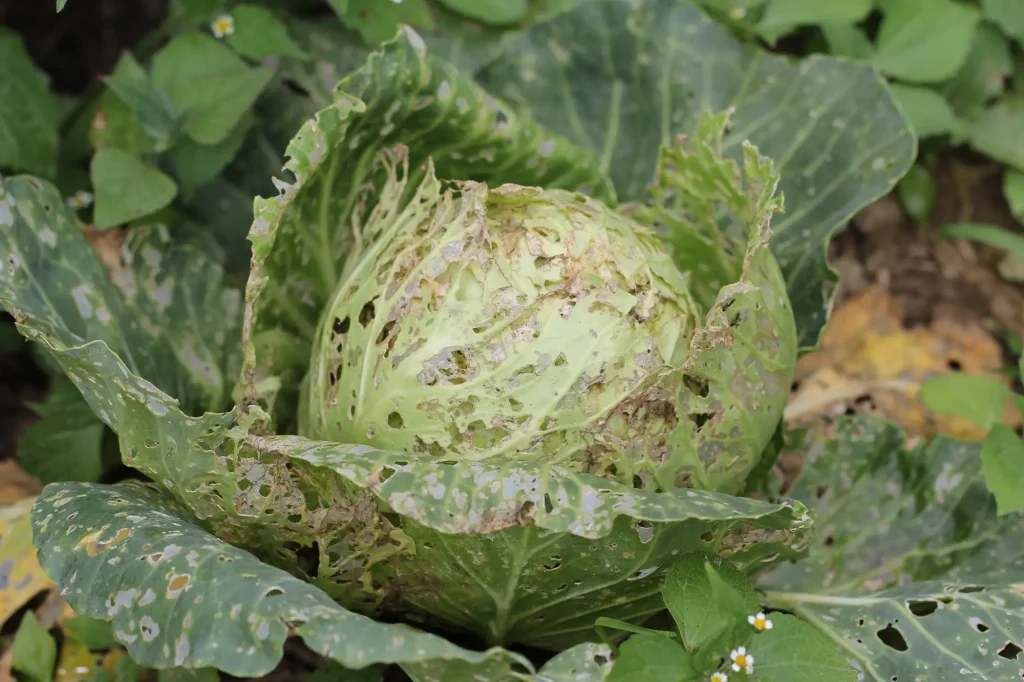
DBM are the first thing that comes to mind when we actually think of growing any cruciferous vegetables, it is because of the amount of damage they can cause. These are considered pests of national importance as they can cause 50-80% annual loss in the marketable yield and also about 52% loss in yield.
Therefore it becomes important to identify symptoms, know the pest better and also adopt best management practices to get rid of DBM.
Symptoms of Damage Caused by DBM
Knowing the damage symptoms is important to identify as it is the first step in managing DBM.

- Young DBM caterpillars make small, yellow mines on leaves and these are the first symptoms of DBM infestation in the crops.
- In the later stages you can also observe whitish patches, these are caused by larvae. As larvae feed, they scrape away leaf tissues, leaving behind characteristic whitish patches on the upper surface of the leaves.
- Mature larvae chew holes in the leaves and feed on the curd, leading to visible damage and reduced crop quality.

But what do these pests look like? How do you know if it is DBM? And what is the life cycle of DBM? How to control DBM?
Identification of DBM
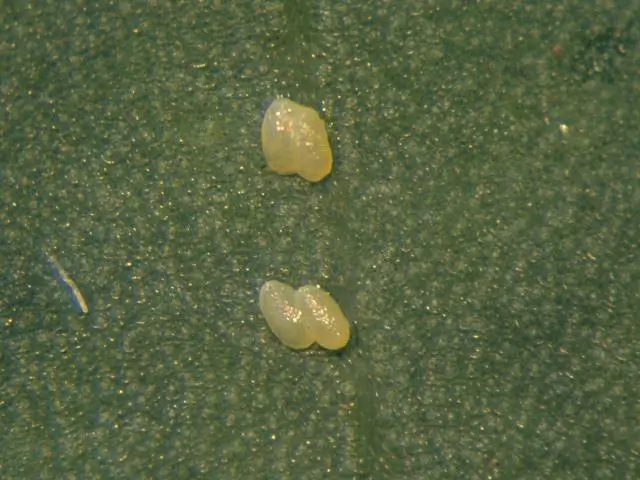
- Eggs are minute, yellow coloured and are laid singly or in small clusters on the upper surface of leaves.
- Larva appears to be pale yellowish-green caterpillars that feed on leaves and pupation occurs in a transparent cocoon on the foliage.
- Adults of DBM are small, greyish-brown moths with forewings featuring three white triangular spots along the inner margin. When the wings are folded, they form a diamond-like pattern.
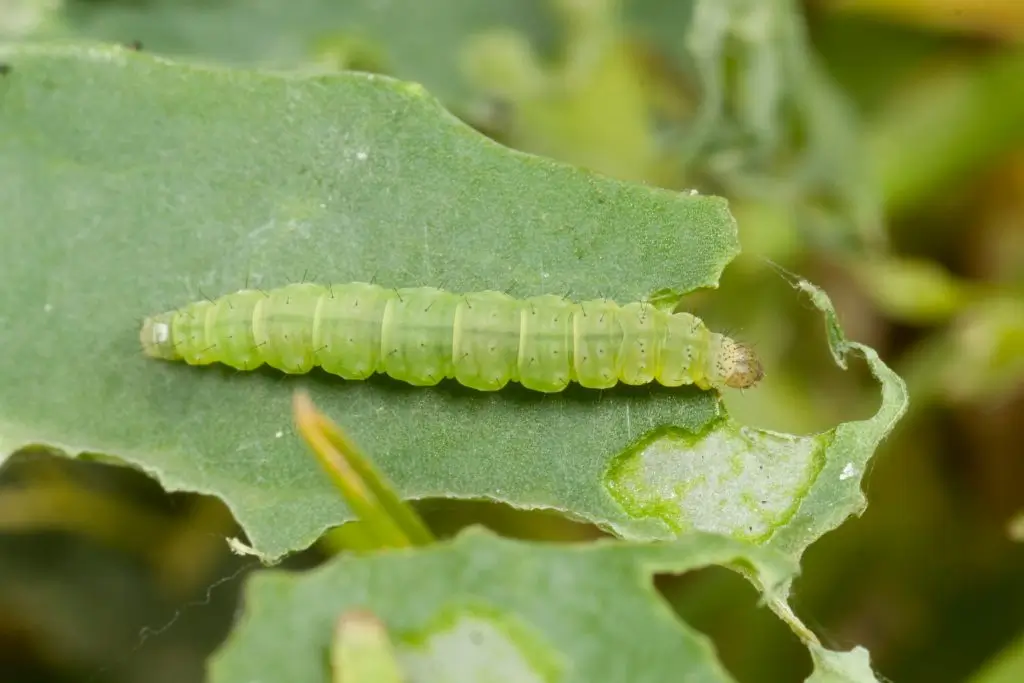
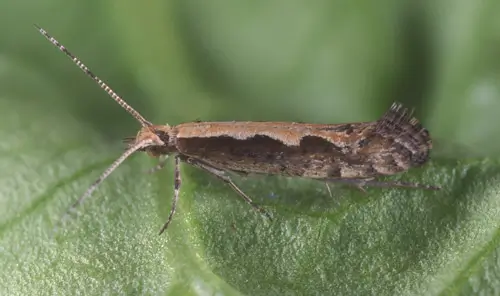
Life Cycle of DBM
To adopt the proper management practices in the field it is not only important to know how the pest looks but also the time span of stages of the pest better to effectively control them accordingly.
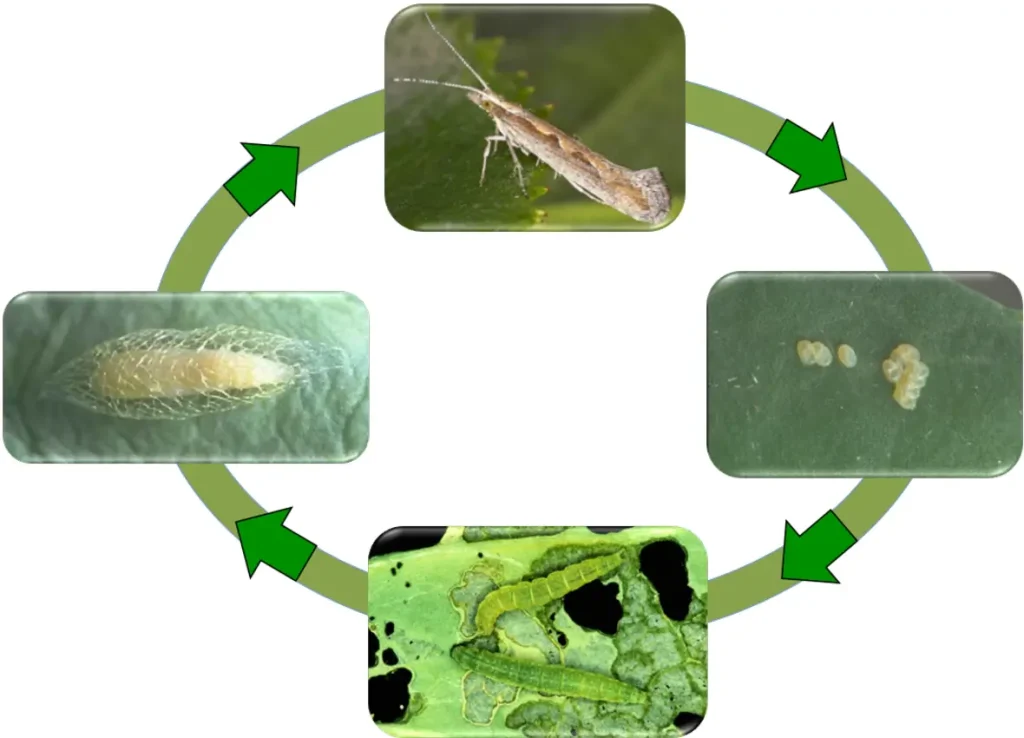
Egg Stage: Eggs are laid on leaves and hatch in 4-6 days.
Larval Stage: Larval stage lasts 10-14 days. Larvae go through four instars, feeding on leaves and causing damage.
Pupal Stage: Larvae spin a cocoon and pupate on the foliage for 5-15 days.
Adult Stage: Adult moths emerge, mate and lay eggs, continuing the cycle.
But how can we manage these pests? What control measures can we adopt to keep DBM away from cole crops?
8 Effective Ways to Control DBM in Cole Crops
1. Crop Rotation
Why It Works: DBM primarily targets cruciferous vegetables. By rotating crops, you reduce the availability of food sources, this way it disrupts the DBM’s life cycle and lowering their population.
How to Implement: Ensure proper planting schedule to alternate between cruciferous and non-cruciferous crops each season. For example, after growing cabbage or broccoli, plant cucumbers, tomatoes, or beans in that field. This control practice minimises DBM habitat and reduces infestation risks.
2. Trap Cropping to Control DBM Attack in Cole Crops
Why It Works: Trap cropping is a strategic method that involves planting a crop that is more attractive to DBM than your main crop. This lures the pests away from your valuable crops and concentrates them in a designated area.
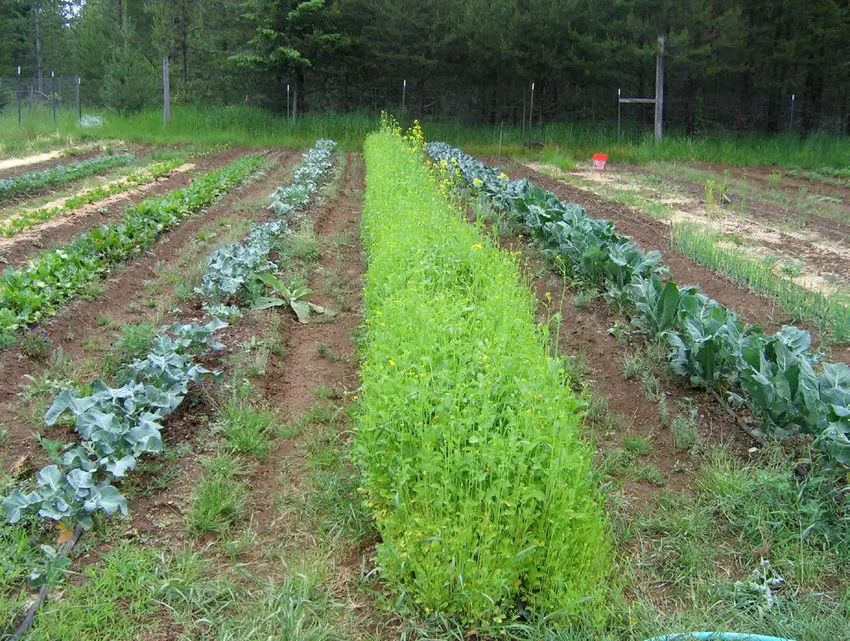
How to Implement: Plant mustard or collards as trap crops around your cole crops. Mustard is particularly effective at attracting DBM. Spray these trap crops with dichlorvos 76 WSC (0.076%) to manage DBM populations and prevent them from spreading to other crops.
3. Pheromone Traps
Why It Works: Pheromone traps are designed to attract and capture DBM moths using sex pheromones. These traps help monitor the DBM population and can reduce their numbers by trapping the adults.
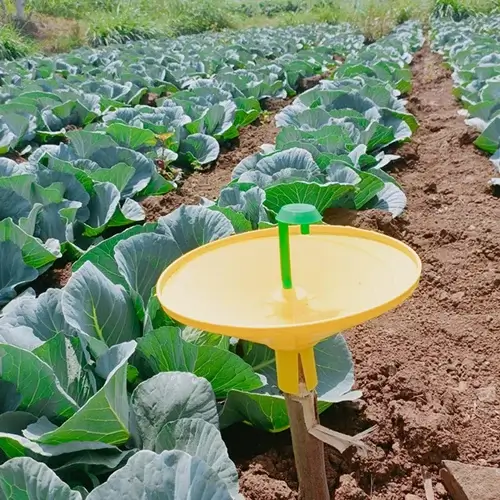
How to Implement: Place pheromone traps at a rate of 12 per hectare in your fields. Regularly check and replace the traps to ensure they remain effective. This method helps in monitoring DBM activity and provides insights into when to take further action.
4. Biological Control of DBM
Why It Works: Biological control uses natural enemies to manage DBM populations, reducing the need for chemical interventions.
How to Implement: Introduce parasitoids like Diadegma semiclausum (100,000 per hectare) and Cotesia plutellae (20,000 per hectare). Release these beneficial insects starting 20 days after planting. They target DBM larvae and help control their numbers.
5. Bacillus thuringiensis (Bt)
Why It Works: Bt is a biological insecticide that specifically targets caterpillars like DBM without harming other beneficial insects.
How to Implement: Mix Bacillus thuringiensis var. kurstaki at a concentration of 2 g per liter of water. Apply the solution thoroughly to the crops, especially focusing on the undersides of leaves where DBM larvae are commonly found.
6. Neem-Based Products
Why It Works: Neem products such as Criyagen Neem oil which contains natural insecticidal compounds that disrupt the growth and reproduction of pests like DBM. They are also environmentally friendly and help in managing pest populations sustainably.

How to Implement: Use neem seed kernel extract (5%) or azadirachtin (5% neem extract concentrate) at 5.0 ml per 10 liters of water. Spray the mixture on the plants, paying close attention to areas with visible DBM damage.
7. Chemical Control of DBM
Why It Works: Chemical insecticides can provide immediate relief from DBM infestations, especially when other methods are not sufficient. However, they should be used judiciously to avoid resistance development.
How to Implement: Apply insecticides such as cartap hydrochloride (0.5% at 10, 20, and 30 days after sowing), lufenuron (5.4% EC at 1.2 ml/liter), spinosad (2.5% SC at 1.2 ml/liter), and trichlorofon (50% EC at 1.0 ml/liter). Follow application guidelines carefully to minimize resistance and avoid harming beneficial insects. Also consult the experts before taking up the spray.
8. Cultural Practices to Control DBM
Why It Works: Simple cultural practices can significantly reduce DBM populations by eliminating potential breeding sites and minimizing pest habitat.
How to Implement: After harvesting your crops, remove and destroy all plant debris and stubbles. This helps in preventing DBM larvae from overwintering or continuing their life cycle. Additionally, ensure proper sanitation in your fields to reduce the amount of DBM infestations.
Learn how Brassica allelopathy can save your cole crops from here
DBM can be a nightmare for cole crops but with prior identification and by adopting timely management practices in the field can be a game changer and help you keep DBM populations under control and protect your cole crops from significant damage.